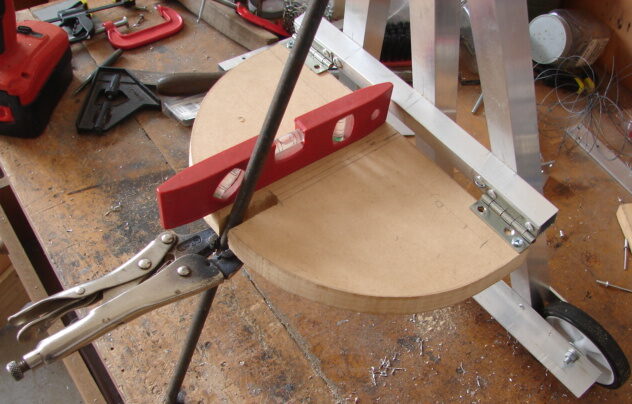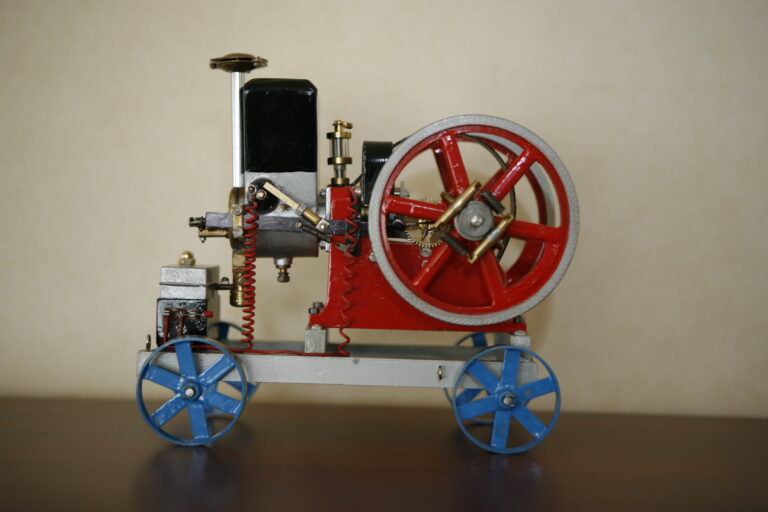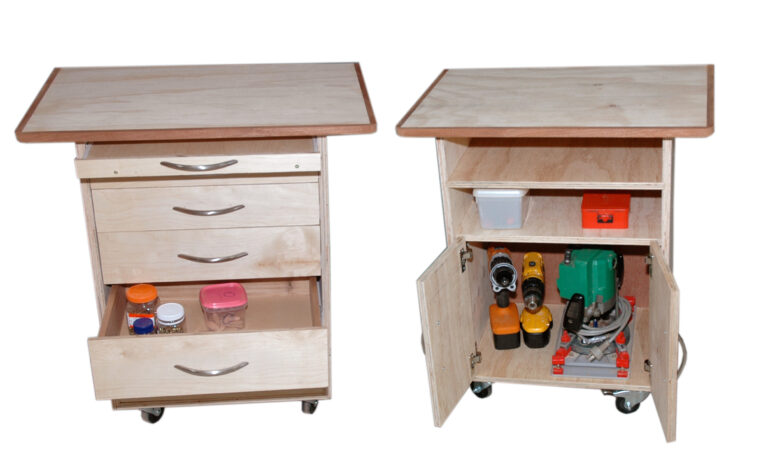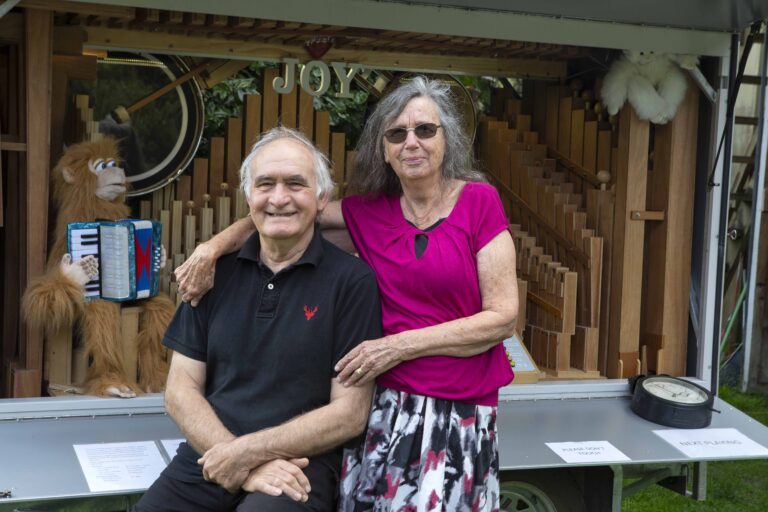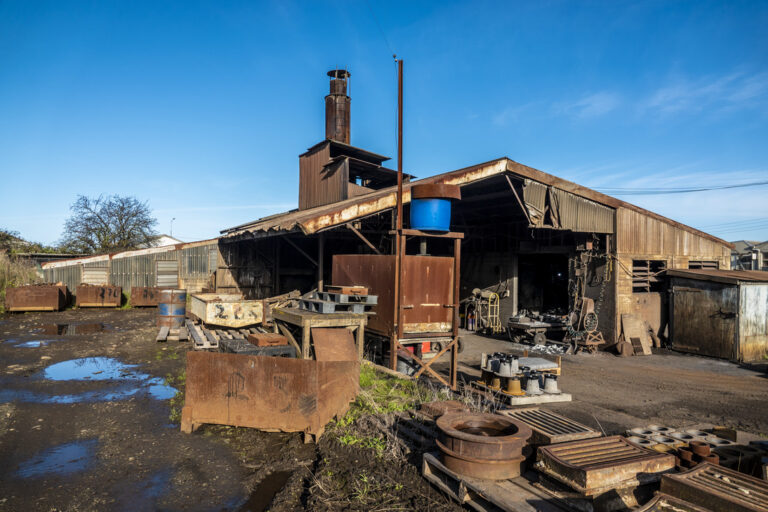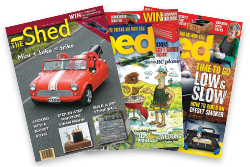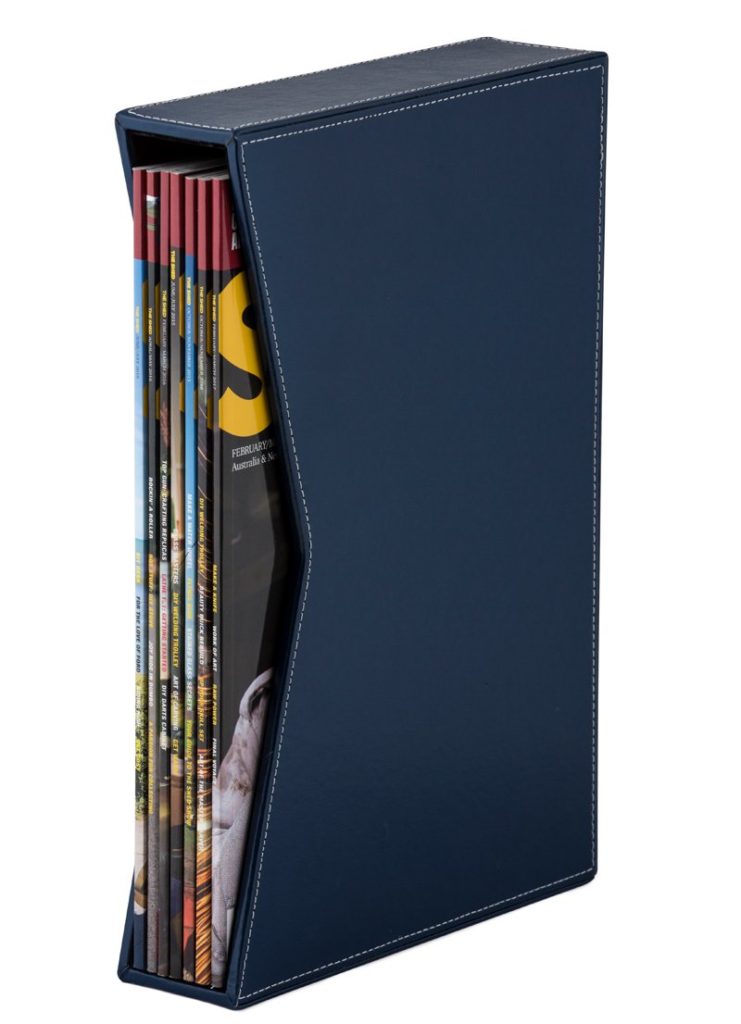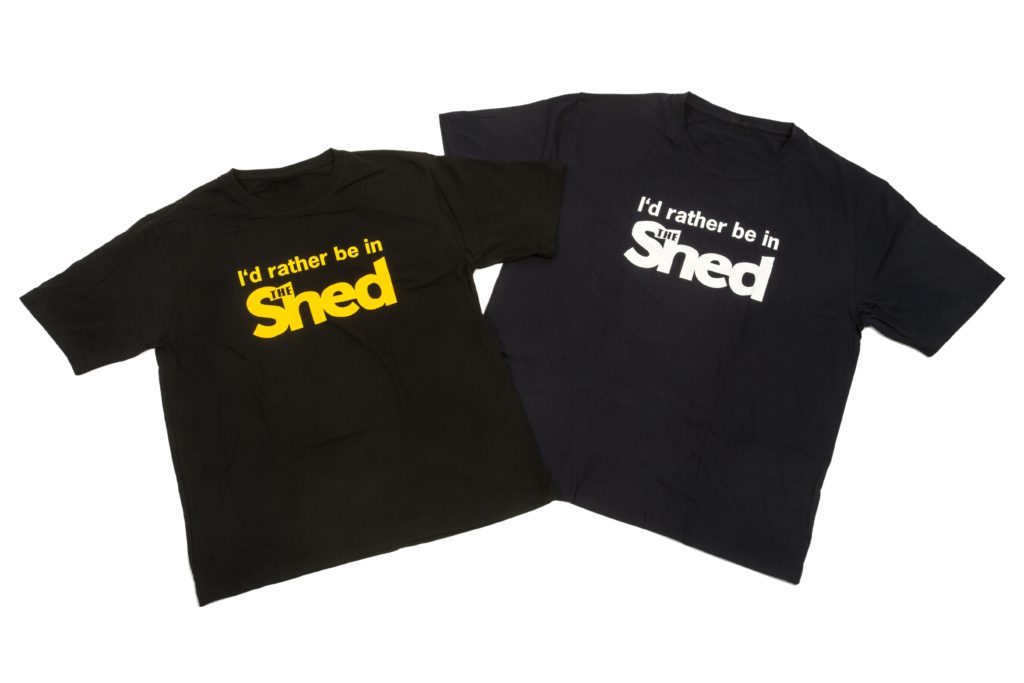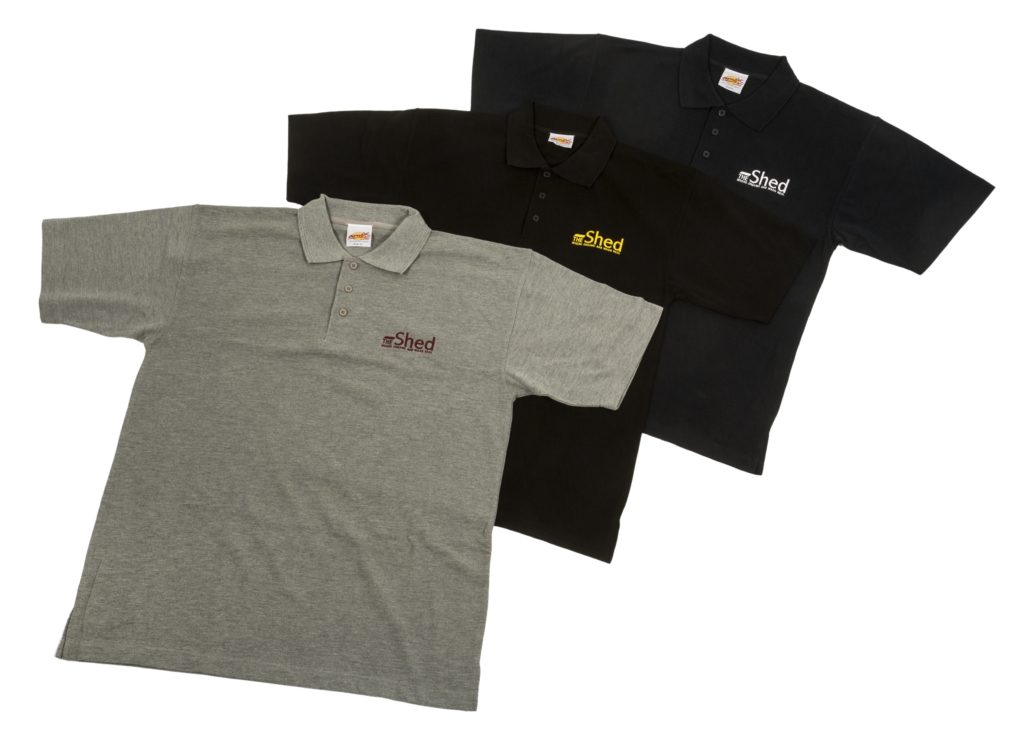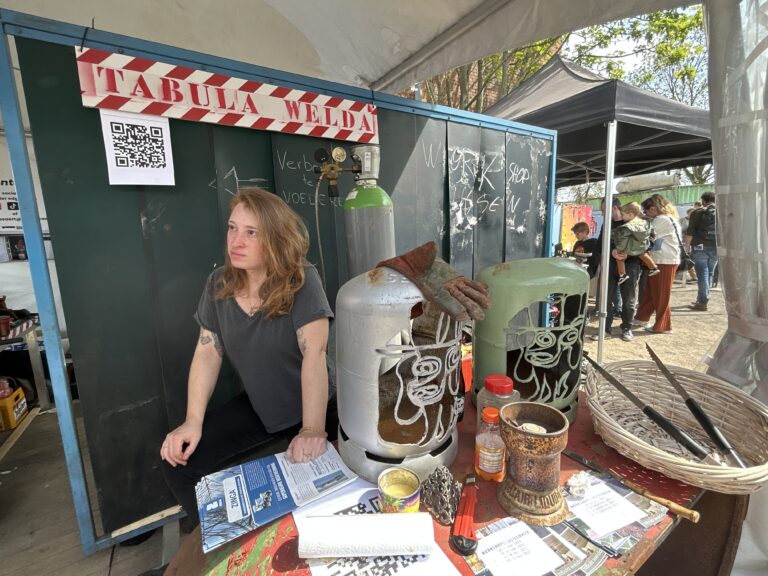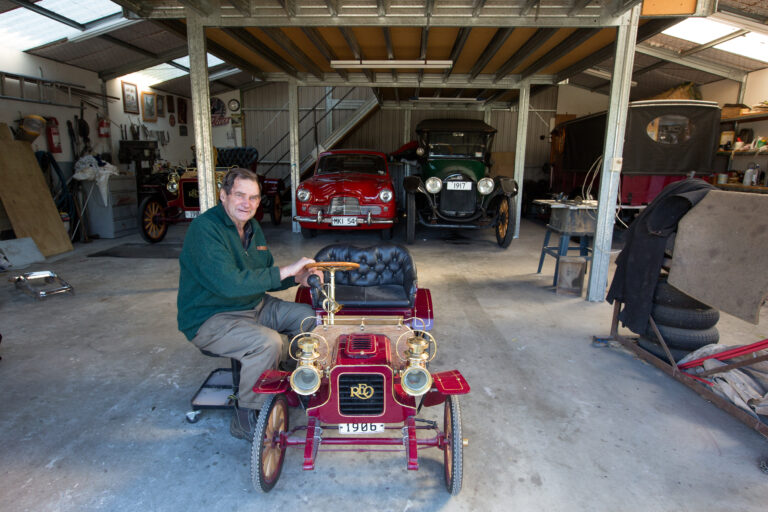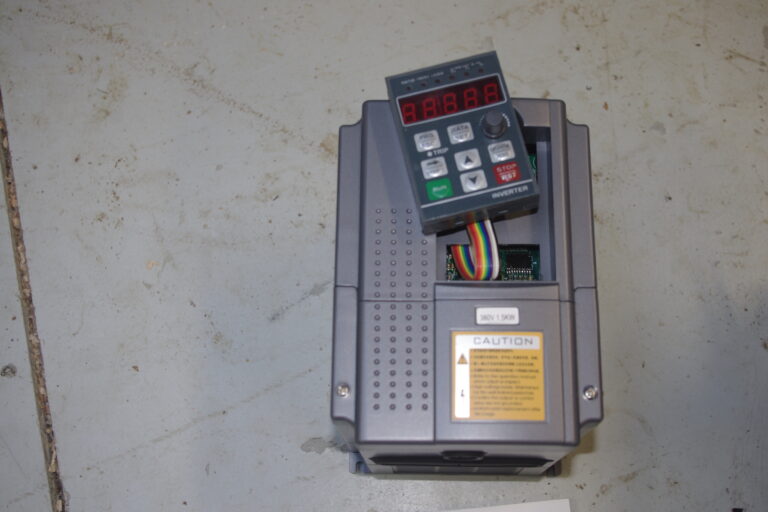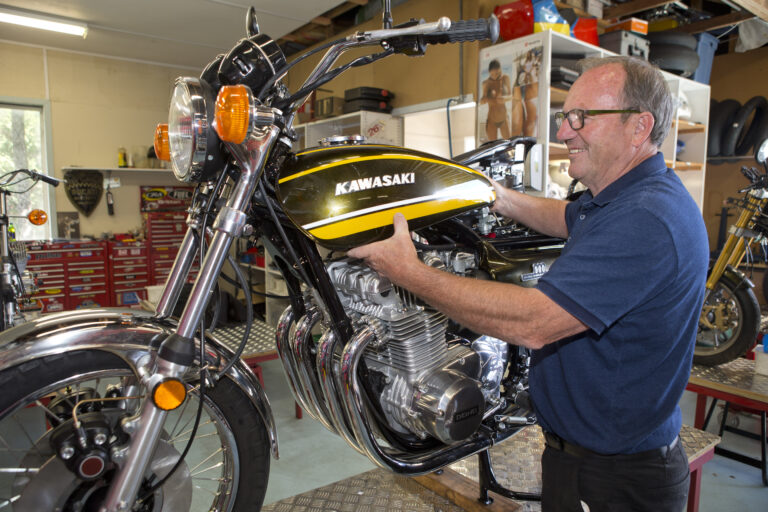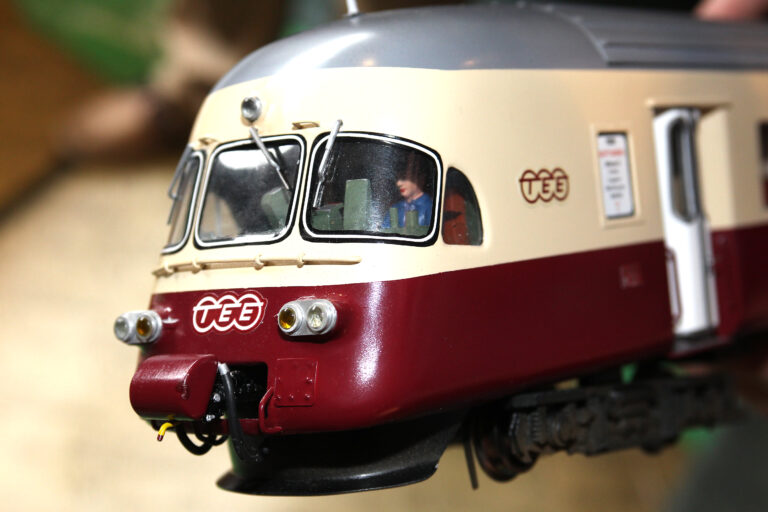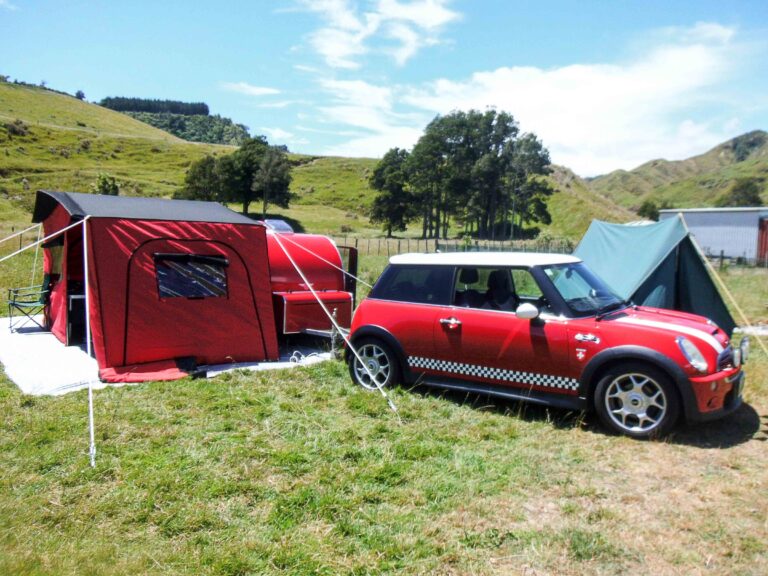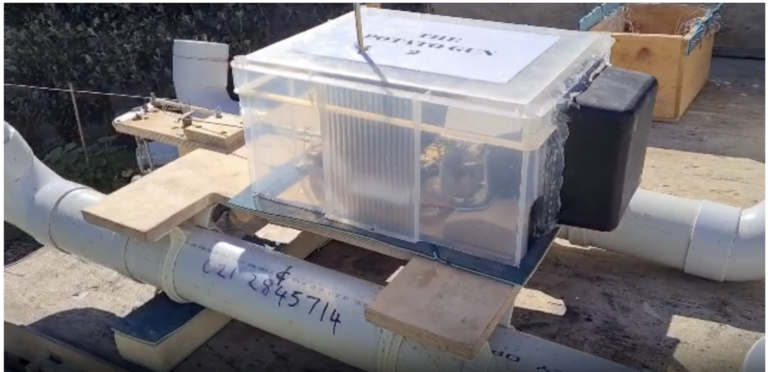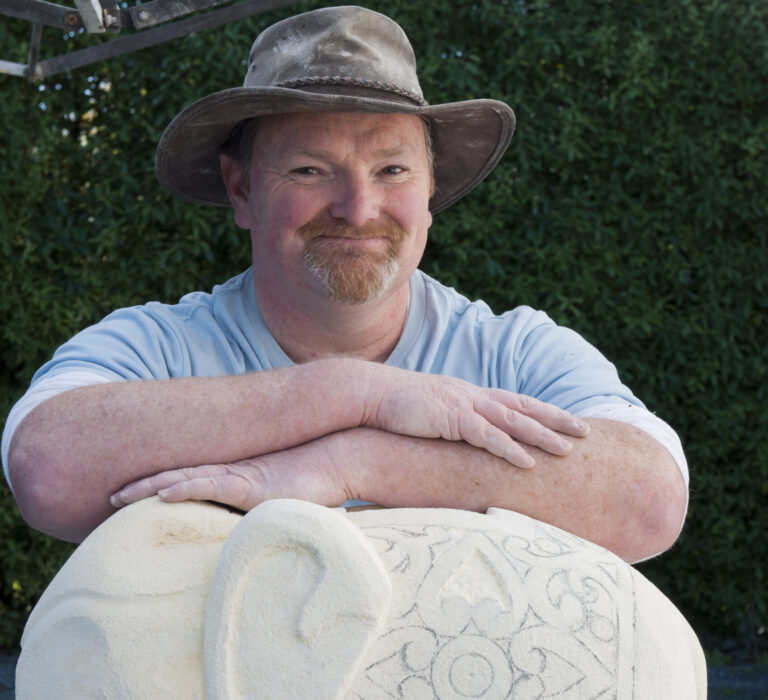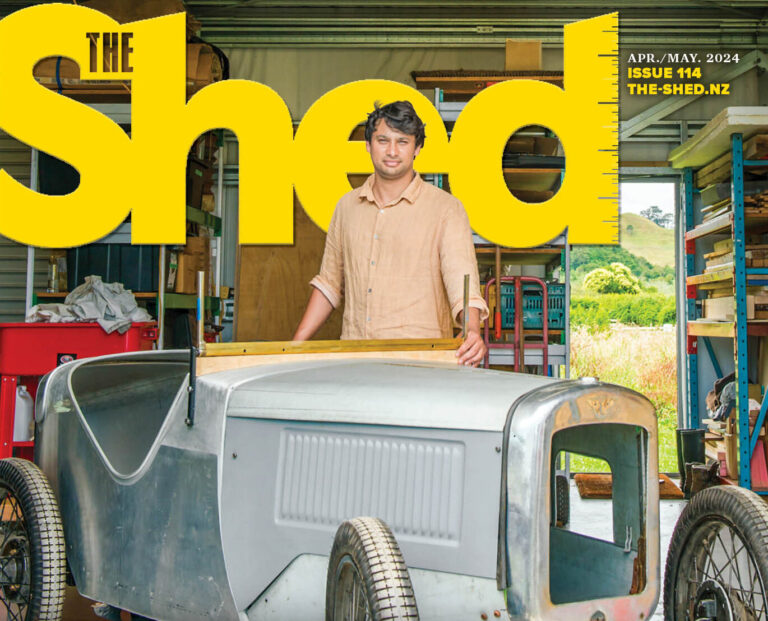
The Shed magazine April/May 2024 issue 114 on sale now
When Athanasius (Athow) Santamaria made an “impulse decision”, to buy a pile of old Austin parts in 2015, he didn’t really have a project in mind.
But this young kiwi sheddie, with no car building experience at all, figured he would have a crack at building a car from this pile of parts. Now, he is well down the track to completing an authentic reproduction Austin Seven Ulster; a scratch-built, boat-tail, two-seater sports car.
Athow south guidance and advice from Austin and vehicle restorers far and wide and the result is really quite remarkable. There is still some way to go but the skills he has acquired on his journey is apparent for all to see.
“The Ulster body is shaped from 5005 aluminium, which is a little harder than industry standard 3003.

The right stuff – part one
These tips are a random collection of thoughts that I have grouped under the classification of things that relate to working at a bench using hand tools, rather than using a lathe, mill or other machine tool. So if you have only a workbench with some hand tools in your shed, this is meant to be useful for you too.

Metal spinning lives
The exact origins of metal spinning are unknown but the craft can be dated back to ancient Egypt where examples of spun vessels have been found. Metal spinning today differs little from the past with the only real advance being that an electric motor is used to drive the chuck instead of manpower or water power.
Before the advent of power presses, metal spinning was used to make almost all round sheet metal objects such as pots, pans, lampshades and wheel rims.
The principle of metal spinning is simple: a disc of metal is clamped between the tailstock and a former or mandrel. The disc is spun and the operator then uses a lever to manually work the metal down onto the mandrel. The process helps maintain the structure of the material and does not stress it, resulting in a stronger and more stable product than if it was pressed.
While metal spinning by hand does not generally alter the thickness of the material, hydraulic-powered tools can be used to flow-form products making sections thinner where required.

